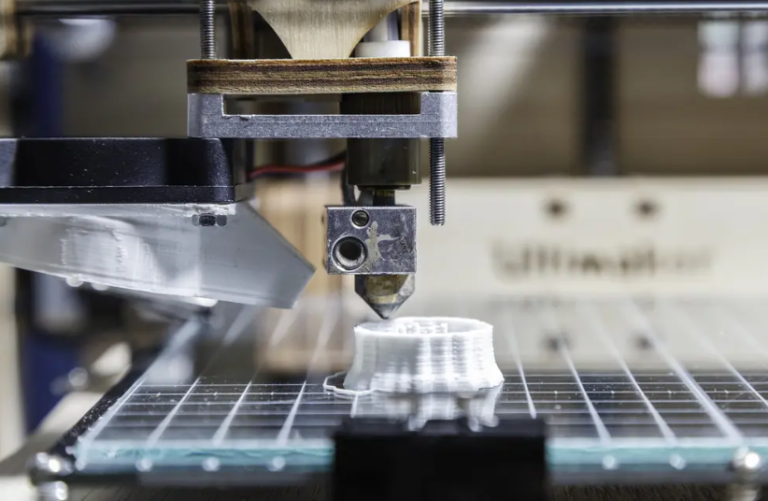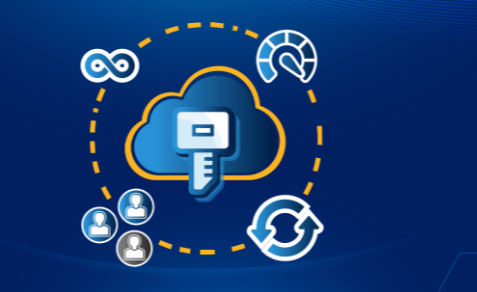Exploring the Role of Technology in Addressing Global Hunger
The intersection of technology and agriculture presents a critical opportunity to combat global hunger. Innovations such as precision farming and biotechnology are designed to enhance crop yields and nutritional value. Meanwhile, blockchain technology ensures supply chain transparency, and mobile applications foster community engagement. These advancements suggest a path forward in addressing food scarcity. However, the effectiveness of these solutions depends on their implementation and acceptance within diverse agricultural ecosystems. What challenges lie ahead in this endeavor?
Precision Farming: Optimizing Crop Yields With Technology
As global demand for food rises, precision farming emerges as a crucial solution to optimize crop yields through advanced technology.
Smart irrigation systems utilize data analytics to monitor soil moisture and weather patterns, ensuring efficient water usage. This targeted approach minimizes waste and maximizes productivity, empowering farmers to respond adaptively to environmental conditions while promoting sustainable agricultural practices that align with the desire for freedom in food production.
Biotechnology: Enhancing Food Production and Nutrition
While the challenges of global hunger persist, biotechnology offers innovative solutions that enhance both food production and nutritional quality.
Genetic modification enables crops to withstand pests and adverse conditions, significantly increasing yields.
Additionally, nutrient fortification through biotechnological methods improves the dietary value of staple foods, addressing micronutrient deficiencies.
These advancements provide essential pathways for sustainable food systems and improved health outcomes worldwide.
See also: Exploring the Role of Robotics in Modern Healthcare
Blockchain: Improving Supply Chain Transparency
Biotechnology has made significant strides in enhancing food production and nutrition, but the complexities of food distribution still pose challenges in combating global hunger.
Blockchain technology offers substantial benefits by improving supply chain efficiency, ensuring transparency and traceability in food sourcing. This innovation can mitigate food fraud, reduce waste, and enhance accountability, ultimately fostering a more equitable food system for all stakeholders involved.
Mobile Applications: Connecting Communities and Resources
How can mobile applications reshape the landscape of food distribution and community engagement in the fight against global hunger?
By facilitating resource mapping, these applications connect surplus food sources with communities in need. They enable real-time communication, foster collaboration among local organizations, and empower individuals to contribute.
Ultimately, mobile technology serves as a crucial tool for enhancing efficiency and promoting sustainable solutions to hunger challenges.
Conclusion
In the battle against global hunger, technology stands as both a beacon of hope and a complex challenge. While precision farming and biotechnology promise increased yields and enhanced nutrition, the integration of blockchain ensures transparency in food systems, countering inefficiencies and corruption. Simultaneously, mobile applications bridge gaps between communities and resources, fostering collaboration. As innovations unfold, the juxtaposition of technological advancement and the persistent reality of hunger highlights the urgent need for comprehensive solutions that harness these tools for equitable food distribution.






